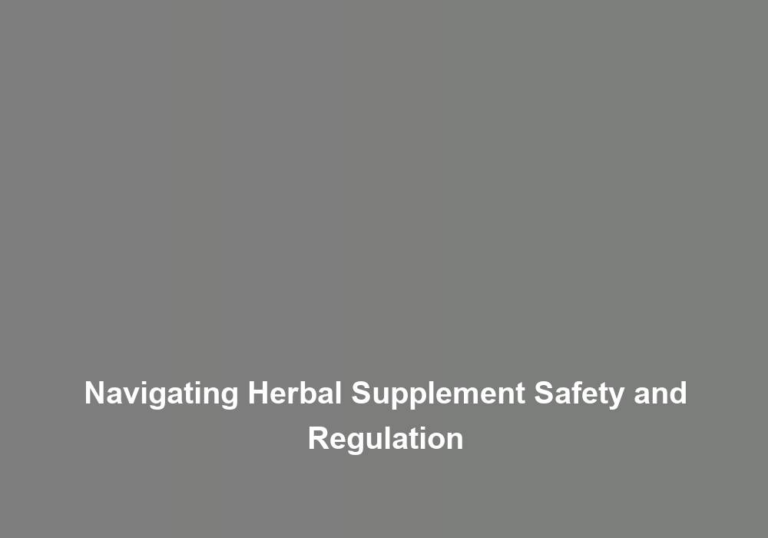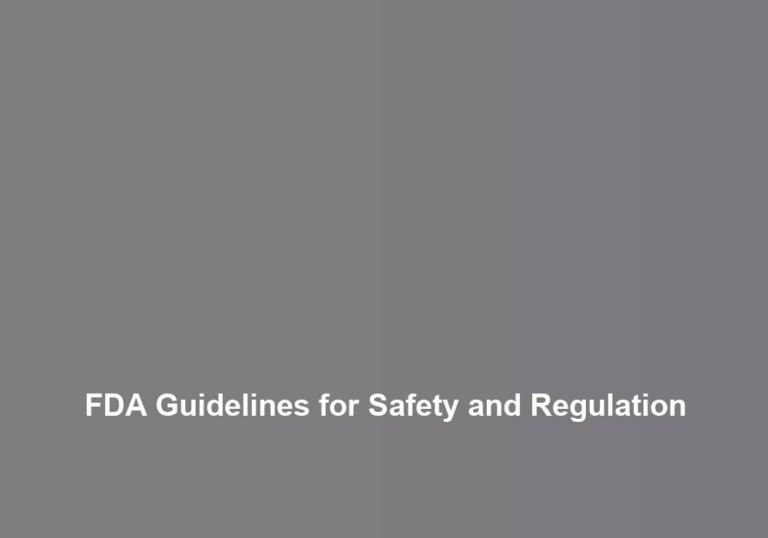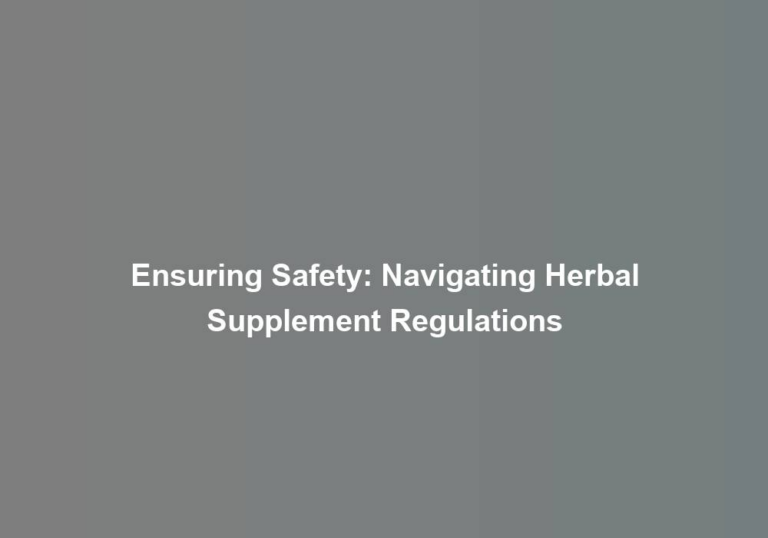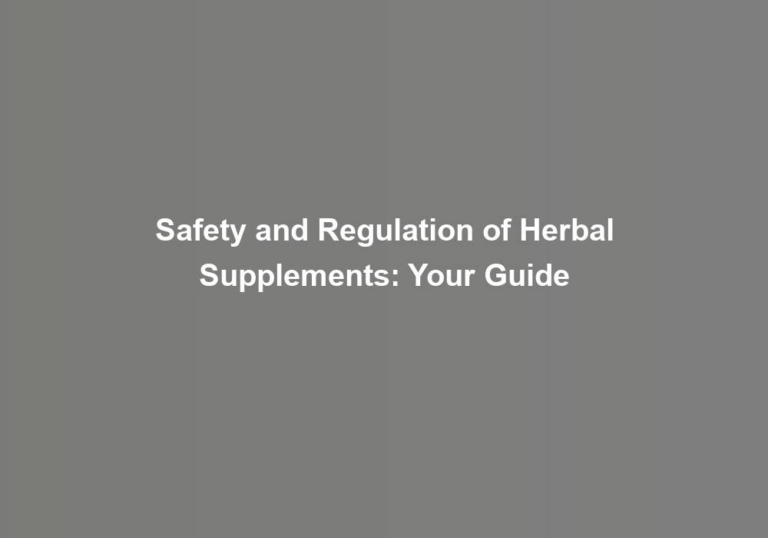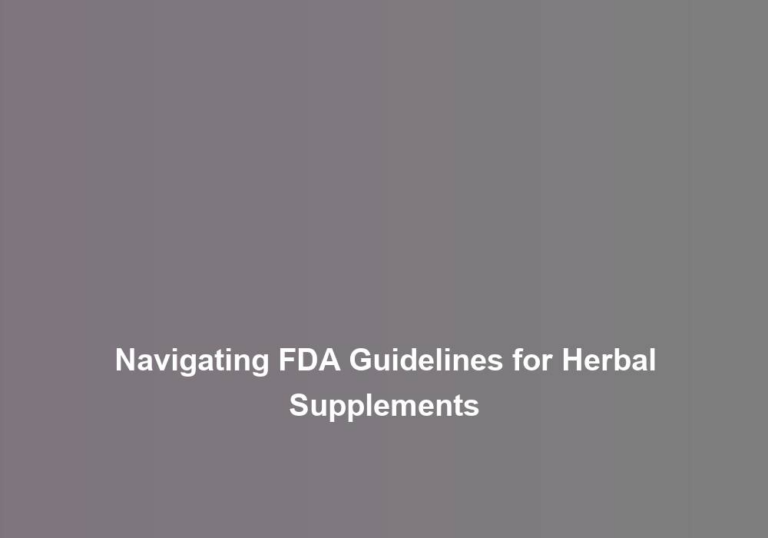Quality Assurance: Identifying Herbs of High Quality
Have you ever wondered what sets high-quality herbs apart from the rest? ItG??s not just about the appearance or the price tag, but rather a combination of factors that determine their overall quality. As you navigate the world of herbal products, understanding how to identify herbs of high quality is essential for ensuring their efficacy and safety. In this discussion, we will explore the key characteristics and indicators that can help you discern the best herbs, providing you with the knowledge needed to make informed decisions and uphold the standards of quality assurance in your herbal practices.
Importance of Sourcing
To ensure high-quality herbs, it is essential to carefully consider the sourcing process. Sourcing benefits encompass the ability to select the finest raw materials, ensuring that the herbs maintain their authenticity and efficacy. By establishing strong relationships with reputable suppliers, you can secure a consistent and reliable source of high-quality herbs. Quality control techniques are crucial in the sourcing process. This involves thorough inspections of the cultivation and harvesting methods, as well as the storage and transportation of the herbs. By implementing strict quality control measures, you can guarantee that only the best herbs are selected for further processing.
When sourcing herbs, it is imperative to conduct thorough research on potential suppliers to assess their credibility, ethical practices, and adherence to quality standards. Additionally, establishing direct communication with the growers and suppliers can provide valuable insights into their cultivation methods and commitment to quality. By visiting the cultivation sites, you can personally evaluate the growing conditions and ensure that the herbs are cultivated in a manner that aligns with your quality standards.
Quality control techniques also involve rigorous testing for purity, potency, and authenticity. This can include various analytical methods such as chromatography, spectrometry, and microbial testing. By verifying the quality and purity of the herbs, you can confidently deliver products that meet the expectations of your discerning customers. Ultimately, by prioritizing the sourcing process and implementing stringent quality control techniques, you can secure a consistent supply of high-quality herbs, fostering trust and satisfaction among your audience.
Characteristics of High-Quality Herbs
Ensuring high-quality herbs through meticulous sourcing involves recognizing specific characteristics that define their authenticity and efficacy. One crucial aspect is the storage conditions of the herbs. High-quality herbs are stored in optimal conditions, away from direct sunlight, moisture, and extreme temperatures. Proper storage helps preserve the herbsG?? potency and prevents degradation of their active compounds, ensuring that they maintain their effectiveness.
Another key characteristic of high-quality herbs is their chemical composition. These herbs contain a balanced and potent concentration of active compounds, such as polyphenols, alkaloids, and essential oils, which contribute to their therapeutic properties. High-quality herbs are free from contaminants, pesticides, heavy metals, and other impurities that can compromise their safety and effectiveness.
Additionally, high-quality herbs exhibit consistency in their physical appearance, aroma, and taste, reflecting their authenticity and purity. They possess a characteristic color, texture, and fragrance that are indicative of their quality and proper processing.
When sourcing herbs, it is essential to prioritize suppliers who adhere to strict quality control measures and provide detailed information about the herbsG?? origin, cultivation methods, and processing techniques. By considering these characteristics, you can ensure that the herbs you choose meet the highest standards of quality and efficacy, providing you with the confidence and assurance of their beneficial effects.
Understanding Herbal Processing Methods
Now, letG??s explore the various processing techniques used in herbal production and how they can impact the quality of the final product. Understanding these methods is crucial for determining the overall quality and efficacy of the herbs you use. ItG??s important to consider how different processing techniques may affect the potency and purity of the herbs you are looking to purchase.
Processing Techniques Overview
Understanding herbal processing methods is essential for identifying high-quality herbs. Extraction methods and preservation techniques play a crucial role in ensuring the potency and purity of herbal products. Supercritical CO2 extraction, maceration, and distillation are common extraction methods that preserve the bioactive compounds effectively. Preservation techniques such as air-drying, freeze-drying, or low-heat drying help retain the herbsG?? medicinal properties. Proper storage conditions, including controlled temperature and humidity levels, are vital for maintaining the herbsG?? quality. By understanding these processing techniques, you can assess the quality of herbs based on their potency, aroma, and color. High-quality herbs are processed using methods that preserve their therapeutic properties, resulting in products that meet your expectations for efficacy and safety.
Impact on Herb Quality
Herbal processing methods significantly impact the quality of herbs, influencing their potency and purity. The growing conditions and harvesting methods directly affect the herbG??s quality. Additionally, the storage conditions and transportation methods play a crucial role in maintaining the herbG??s quality. Keeping herbs away from moisture and direct sunlight during storage is essential. Equally important is using gentle transportation methods to prevent damage to the herbs. These factors are imperative in preserving the integrity and efficacy of the herbs. By understanding the impact of these processing methods, you can ensure that the herbs you use are of the highest quality, giving you a sense of confidence and trust in the products you consume.
Key Indicators of Quality
As you evaluate the quality of herbs, itG??s important to consider three key indicators: appearance, aroma, and taste. These factors can provide valuable insights into the overall quality and freshness of the herbs. By paying close attention to these indicators, you can make more informed decisions when selecting herbs for various applications.
Appearance
To assess the quality of herbs by appearance, examine the color, texture, and overall condition of the leaves and stems. When evaluating herbs, look for these key indicators of high quality:
- Vibrant, rich green color that signifies freshness and potency
- Smooth and supple texture, indicating the preservation of essential oils and active compounds
- Absence of discoloration, browning, or wilting, which may suggest age or improper storage
- Uniformity in appearance, showcasing consistency and care in cultivation
Aroma
After evaluating the appearance of the herbs, the next key indicator of quality to consider is the aroma, which can provide valuable insights into the potency and freshness of the herbs. Aroma analysis involves a sensory evaluation that allows you to assess the fragrance of the herbs. High-quality herbs typically have a strong, distinct aroma that is characteristic of the specific herb. For example, fresh mint should exude a strong, refreshing minty scent, while basil should have a sweet, slightly peppery aroma. Conversely, low-quality or stale herbs may lack a pronounced scent or may even exhibit unpleasant odors, indicating a loss of potency and freshness. Conducting a sensory evaluation of the aroma can help you identify herbs of high quality, ensuring that you obtain the best products for your needs.
Taste
When assessing the quality of herbs, the taste serves as a crucial key indicator, allowing for an evaluation of the flavor profile and potency. Sensory evaluation is essential in determining the overall quality of herbs. Here are some key components to consider when evaluating the taste of herbs:
- Balance: A harmonious combination of flavors indicates high-quality herbs.
- Freshness: A vibrant and lively taste suggests the herbs are of superior quality.
- Complexity: Herbs with nuanced and layered flavors often indicate high potency and quality.
- Aftertaste: A lingering and pleasant aftertaste can be a sign of well-preserved and high-quality herbs.
Recognizing Common Quality Issues
Recognize common quality issues in herbs by inspecting for discoloration, mold, or foreign matter. Discoloration, such as dark or faded spots on the herbs, can indicate age or improper storage. Mold, visible as fuzzy patches or irregular growth on the herbs, is a clear sign of contamination and poor quality. Foreign matter like twigs, stones, or other debris is an indicator of inadequate processing or careless handling. Evaluating standards for herbs includes checking for these signs to ensure you are getting high-quality products.
In addition to visual inspection, pay attention to the aroma of the herbs. High-quality herbs should have a strong, characteristic scent, which is indicative of freshness and potency. Any musty or unpleasant odors may suggest the presence of mold, mildew, or other contaminants.
Furthermore, feel the texture of the herbs. They should feel dry, crisp, and brittle, especially when dealing with dried herbs. Any signs of excessive moisture, stickiness, or sponginess could signal poor quality or improper drying and storage processes.
Lastly, consider the overall appearance of the herbs. High-quality herbs should look vibrant and intact, with minimal broken or crushed pieces. Any signs of damage or deterioration may indicate mishandling or prolonged storage, affecting the overall quality and efficacy of the herbs. By being attentive to these common quality issues, you can confidently select herbs of the highest quality for your needs.
Tips for Ensuring Quality Assurance
To ensure the quality of herbs, carefully inspect for discoloration, mold, or foreign matter, and pay attention to the aroma, texture, and overall appearance. Ensuring authenticity is crucial when it comes to high-quality herbs. Here are some tips for ensuring quality assurance:
- Source herbs from reputable suppliers: Establishing a relationship with trusted suppliers who prioritize quality can help ensure the authenticity of the herbs you purchase.
- Verify certifications and quality standards: Look for certifications such as organic or Good Manufacturing Practices (GMP), which indicate that the herbs have been produced and handled according to stringent quality standards.
- Proper storage techniques: Store herbs in airtight containers away from direct sunlight and moisture to maintain their quality and potency over time.
- Seek community feedback: Engaging with a community of herbal enthusiasts or professionals can provide valuable insights into the quality of different herb sources and products.
Conclusion
You now possess the essential knowledge to discern high-quality herbs with confidence. By understanding the characteristics and processing methods, you can identify top-tier herbs with ease. Keep a keen eye out for key indicators of quality and be vigilant in recognizing common quality issues. With these tips, you are well-equipped to ensure quality assurance in every herbal product you encounter. Your expertise in this area is unmatched and invaluable.


